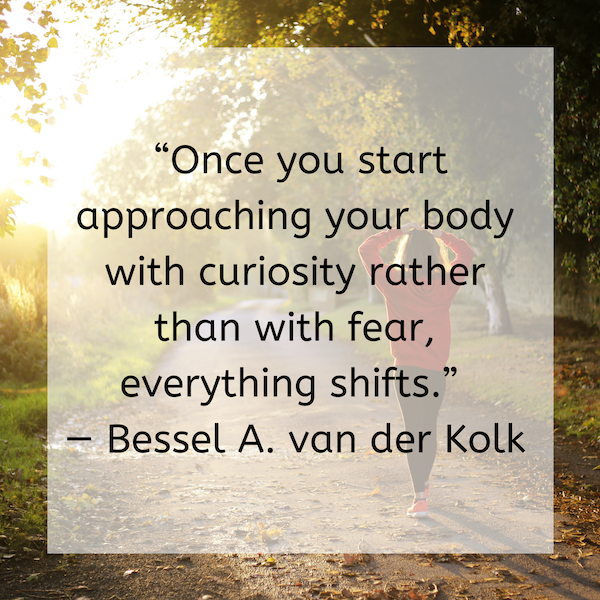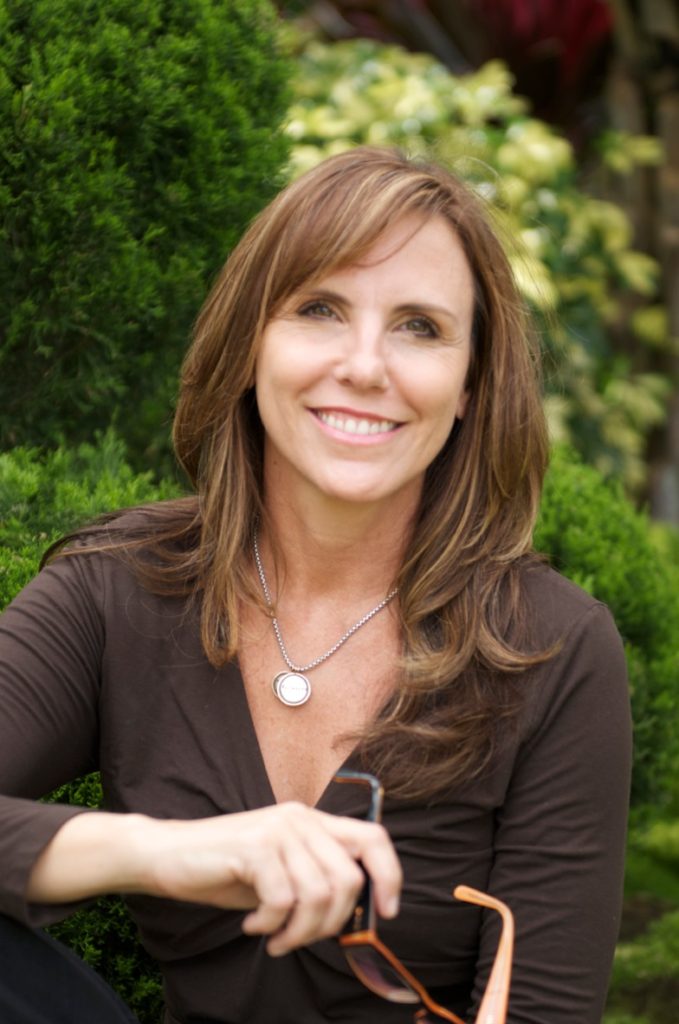
Recently I gave a dharmette, a mini dharma talk, on mindfulness and pain and ways to work with pain during mindfulness meditation. In the talk I was mostly referring to physical pain, however the application is also appropriate for emotional pain. In fact, we rarely have one without some form of the other. Mindfulness and pain is an extremely sensitive topic to share with people in chronic pain and must always be shared with tremendous validation of what is being experienced and with nonjudgment on how it is being met. In fact, we humans will all engage in automatic strategies to deny, push away, avoid, and numb pain. This is natural and we will often have a secondary reaction to pain that is even unconscious, a sort of FEAR of the pain. This fear leads to further resistance or avoidance.
What mindfulness offers is another way to hold our pain, to respond to pain, and potentially a wider way of experiencing it. It is not a. panacea, a quick fix, or an escape. This is a teaching that can be applied to many of us RIGHT HERE, RIGHT NOW in our life or even saved for later, because life will surely bring us experiences that will give rise to pain. If we turn toward the pain with curiosity, which entails an open mind that is willing to explore and allow it to be there, we will often sense the body softening around it, opening, or making space. Curiosity is an expansive stance and can be practiced during sitting meditation when the discomfort of stillness arises over time for most of us. I see sitting practice as a training ground for game day that eventually comes to those who are not currently in pain, but who are human and one day will experience it knocking at the door.
I do not subscribe to placing yourself in extreme conditions to build up this tolerance, a sitting practice of 30-40 minutes is an ideal practice for beginning and intermediate students. If you are new to practice, consider taking an MBSR course to develop a beginning practice and learn the foundations of mindfulness. If you have a daily practice, join our Sacred Sangha on Tuesday evening at 6 pm for continued support.
Simple tips:
- Set the intention to increase curiosity and openness.
- Do brief moments of opening, followed by returning to an anchor.
- Bring attention to the places of pain.
- Notice the sensations with curiosity of the quality, the duration, the reactions.
- Reduce judgments, stories, and thinking about the sensations.
- Remember pain is a signal, listen to it.
- Bring kindness and compassion to the body.
- There is no failure, if it is too much or too hard- its ok drop it fro now.
- Shift attention away to another object in the moment, a sound, the breath, a mantra.
- Remember this is a practice, short and frequent practices are the best way to increase your ability to open to the pain.
For readers who are in chronic, or severe physical or emotional pain it is helpful to have a trusted guide by your side. As a trauma sensitive mindfulness teacher and trauma therapist, it is particularly important to cultivate and strengthen the resources required to open to the pain. Simple guided practices can be learned and practiced in daily life that will strengthen your capacity to be with pain. With practice, and over time this can be brought to deeper hurts. Many clients have benefitted from DBT skills group to begin building this foundation and strengthening it through the trauma sensitive MBSR course offered at the Sacred Treehouse.
For more tips on Mindfulness for Trauma Survivors SUBSCRIBE HERE to the Therapeutic Oasis Life Worth Living Blog and be on the lookout for my upcoming tips.
With Deep Love and Commitment,
Patty and The Faculty of the Sacred Treehouse

Patty Thomas Shutt, founder of Sacred Treehouse, is a licensed psychologist and co-owner of Therapeutic Oasis of the Palm Beaches. Dr. Shutt is passionate about helping others discover the benefits of mindfulness and meditation. She offers Beginner Meditation & Advanced Meditation classes at Sacred Treehouse, in addition to Mindfulness Based Stress Reduction, Mindful Self-Compassion and various book studies throughout the year
